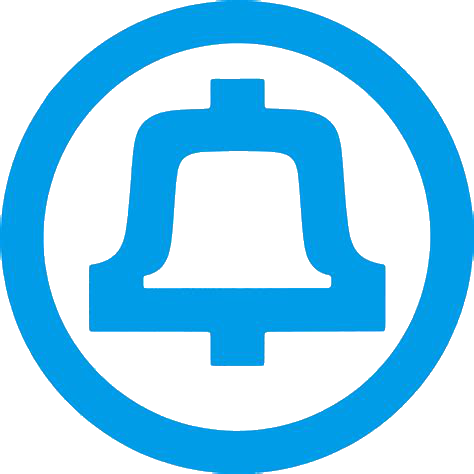Marker
A marker is a circuit that selects and establishes a talking path through crossbar switching frames. In the process of setting up a call through electromechanical telephone switches, a circuit must be established for the calling and called party to communicate over. It is the marker's job to determine who the caller wants to speak to, and to establish a path through the network to the called party.
Markers get their name from the process of marking a path before crosspoint closure: a marker seizes control of one or more crossbar switch frames, finds the best path, and then marks it for use. Then, after completing the remainder of its functions, operates the horizontal and vertical magnets of the crossbar switch to actually close the path. They are a critical component of a common-control telephone switch, since they have complete control over the various network functions in the switch, and the network itself has no intelligence whatsoever. They play a similar role to a CPU in modern computers.
History
Markers began being studied simultaneously by Bell Laboratories in the United States and by Gotthilf Betulander in Sweden in conjunction with studies of crossbar or crosspoint networks. Up until that time, almost all telephone switches had employed some variant of the progressive control principle, where connections were established piece by piece as the call was dialed. Using this method, there was no way to know if the desired terminal was available for use until the selector arrived at the terminal, so a certain percentage of calls were ultimately set up, and then immediately taken down if the called terminal was busy. Markers circuits could, in theory, be used to "look ahead" to the desired destination for a call and establish whether or not it was available before actually operating any of the actual switch fabric.
A precursor to markers called the decoder was used in the panel switch. The decoder was responsible for translating the first three digits of a dialed call (known as the office code) into information that was then passed back to the sender. The sender used the information from the decoder to drive selector rods upward over the district and office frames to reach the desired central office. Further instructions told the sender how to communicate with the distant office once it was reached, how much line build out (compensating resistance) to add to the circuit, and how and if the call should ultimately be billed.
Although they laid the groundwork for later development into markers, decoders lacked the ability to directly observe and select paths for calls to take through the switch. They could only translate information and return instructions to the sender, which would ultimately set up the call.
By the early 1930s in the United States, it had become apparent that a successor to the panel switch for large metropolitan exchanges would have to make use of common control elements. Bell Labs engineers were aware of the great advantages that could be gained from employing markers in a new switching system. These included high speed operation, the ability to "look ahead" and determine the best route for a call, alternate routing whereby a second or third trial could be made if the first was unsuccessful, and detailed error reporting, where any failures to complete a call could be stored and displayed to maintenance staff.
The No. 1 Crossbar was the first telephone switch in the United States to use markers extensively. Originally called decoder-markers, because of their close relationship to the panel decoder, their job was to receive information from a sender, decode that information into a routing choice for the call, and then establish a path through the switching frames to the called destination. While doing so, the markers also returned information to the sender regarding how to handle the call once the signaling and talking path was established. No. 1 Crossbar offices made use of two types of markers, one for the originating half of the switch, and one for the terminating half. These were called Originating and Terminating Markers, respectively.
Construction
Technical Details
Second Trial
